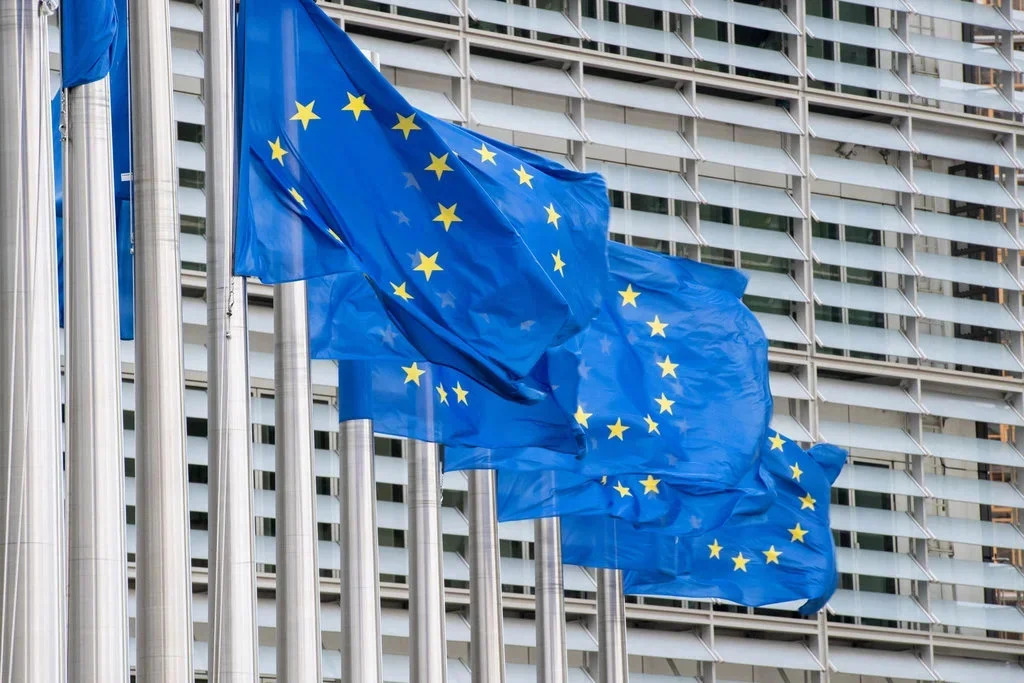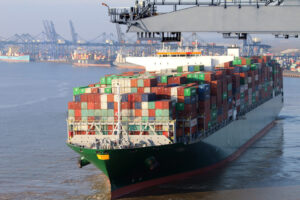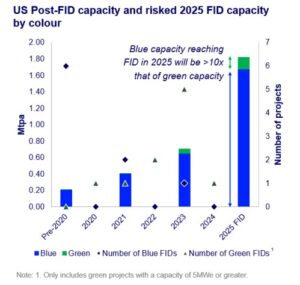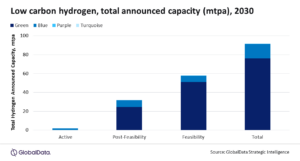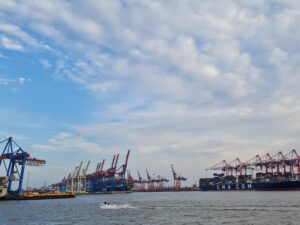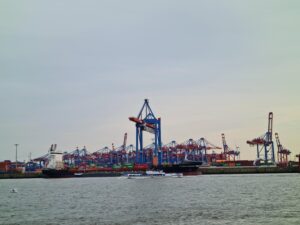Woodmac: Europe’s carbon border adjustment sparks decarbonization and price surge
A recent report from Wood Mackenzie titled “Playing by New Rules: How the CBAM Will Change the World” sheds light on the potential consequences of the European Union’s Carbon Border Adjustment Mechanism (CBAM).
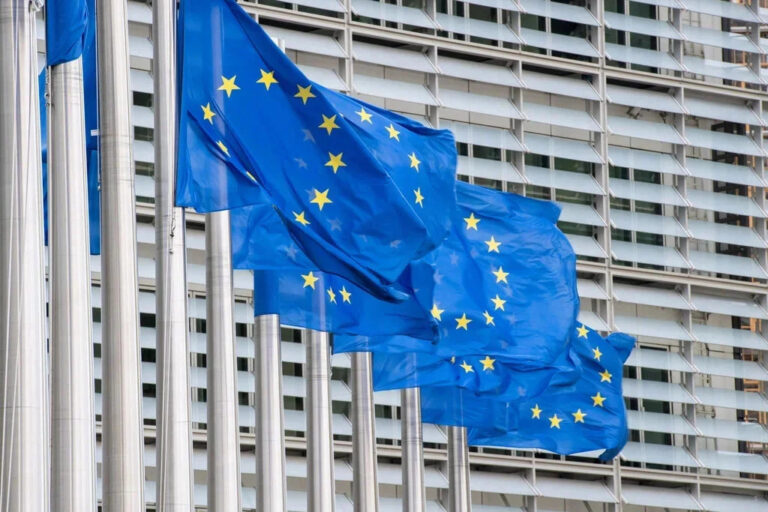
The Carbon Border Adjustment Mechanism, a policy that will require producers of goods imported into the European Union (EU) to pay an emissions levy, should fast-track decarbonisation efforts, but also result in prices rising across several sectors sharply, the report says.
The new report focuses on three value chains, oil, steel and hydrogen and looks at how the mechanism could change global trade flows. The report also details the impact it will have on consumers in the EU.
According to Wood Mackenzie, the impact of the EU CBAM will be felt globally as countries with existing carbon pricing and/or less carbon intensive commodities will gain a competitive advantage over countries that don’t.
“The CBAM will drive the world further down the path towards decarbonisation, with the effects being felt globally. Initial reactions could result in a significant reshuffling of trade flows, which could stretch over a decade,” says Elena Belletti, Global Head of Carbon Research at Wood Mackenzie.
“Businesses and governments can adopt strategies to mitigate the effects of higher carbon costs and capitalise on new opportunities.”
India and China set to see EU steel export costs soar
The steel industry is poised to be among the first to feel the impact of the CBAM, with both domestic and foreign producers facing pressure to invest in low-emission technologies, such as carbon capture, utilisation and storage, hydrogen and increased energy efficiency.
The report predicts that CBAM-related costs for finished steel imports into the EU could surpass US$275/tonne by 2034, with Chinese and Indian producers seeing their steel import costs rise by 49% and 56%, respectively, by the same year. This could result in higher steel prices for EU end-users, potentially leading to political backlash.
In 2022, the average import price of steel products covered by the CBAM was around US$1,450/tonne.
“Steel producers with lower production carbon intensities or high domestic carbon price in the US and the UK could be less impacted the CBAM, but Asian producers could divert imports into other markets or for domestic use,” says Nuomin Han, Head of Carbon Markets at Wood Mackenzie.
“However, end-users in the EU will pay more for steel in future and this could result in a political backlash.”
Opportunities abound in EU’s low-carbon hydrogen market
Large-scale hydrogen production is still in the early stages, but the report states that the CBAM will put an additional incentive in place to stimulate imports of low-carbon hydrogen and its derivatives.
Ammonia and fertilisers are central to the low-carbon hydrogen strategy and Wood Mackenzie expects traditional ammonia to be the largest consumer of low–carbon hydrogen until the mid–2030s, when power will become the top offtake sector.
“As carbon costs rise, grey hydrogen will eventually become more expensive in terms of levelised cost of hydrogen (LCOH) than the two key low–carbon technologies: green hydrogen, produced by electrolysing water, and blue hydrogen, produced from natural gas with carbon capture,” says Iván Pérez, Research Analyst on Emission sat Wood Mackenzie.
“Producers both inside and outside the EU will be forced to look for lower emission routes for producing hydrogen.”
Levelised Cost Of Hydrogen
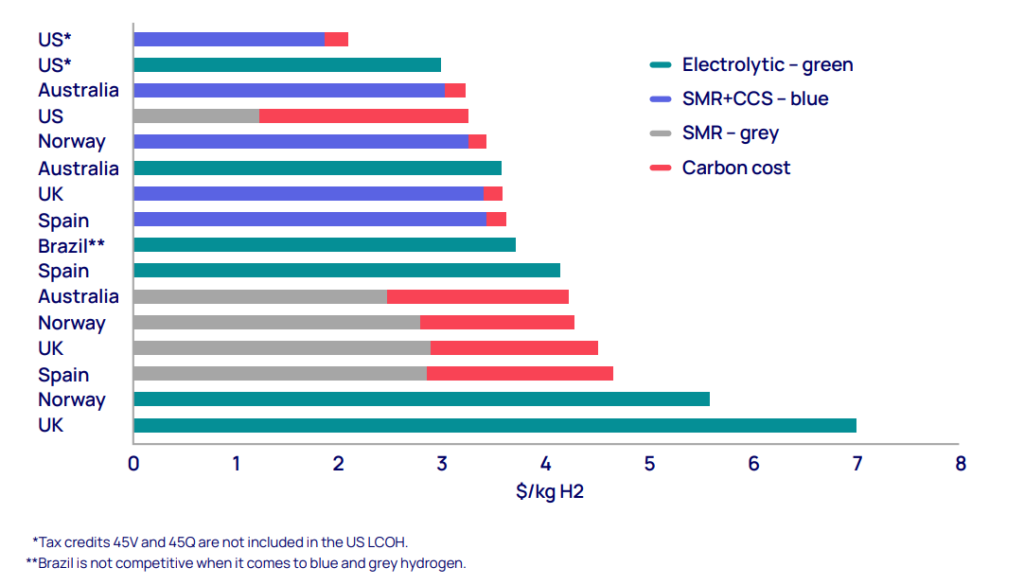
Source: Wood Mackenzie Lens Hydrogen
US and Middle East oil producers set to benefit
The report states that while the oils value chain is not one of the initial sectors covered by the CBAM, oil production and refining is expected to be included from 2028 and the market fully covered by 2036.
This means that exporting countries with large reserves of less carbon intensive oil and gas such as the US and countries in the Middle East will be the major beneficiaries of the introduction of the CBAM. However, the report predicts that trade flows from producers in West-African countries and Russia will be diverted to more economically attractive markets.
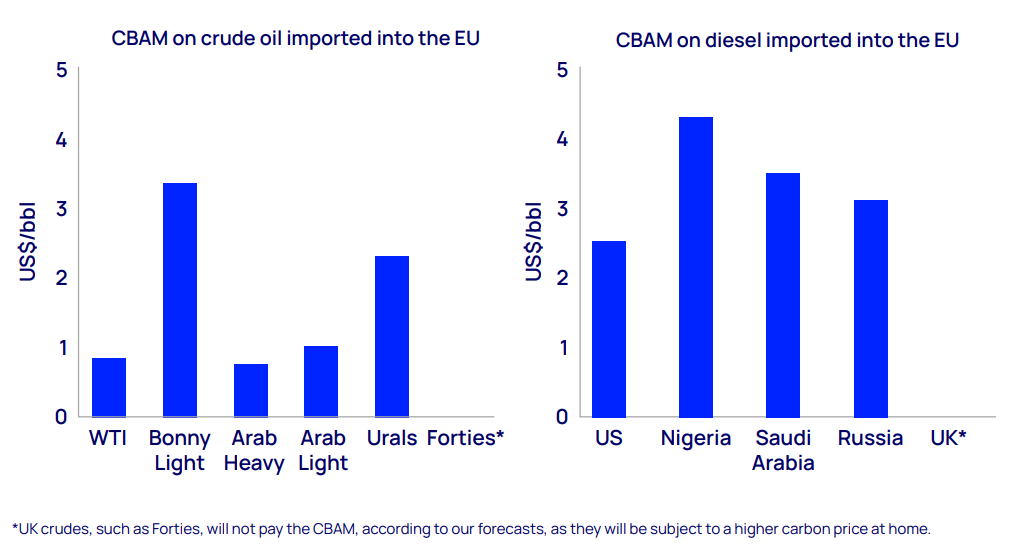
Source: Wood Mackenzie Lens
“Russian oil and gas imports into the EU are currently blocked, but when they resume, the CBAM will have such a major impact that it is unlikely that historical export figures will ever return,” says Belletti. “Russia will almost certainly continue to look to other markets in Asia and Latin America when sanctions are finally lifted.”
As with steel, consumers of oil and gas products in the EU will see prices rise as the CBAM takes hold. The report estimates that full CBAM implementation could boost crude and refined product prices by up to US$5/barrel, adding 30-euro cents per litre to costs at the pump.

